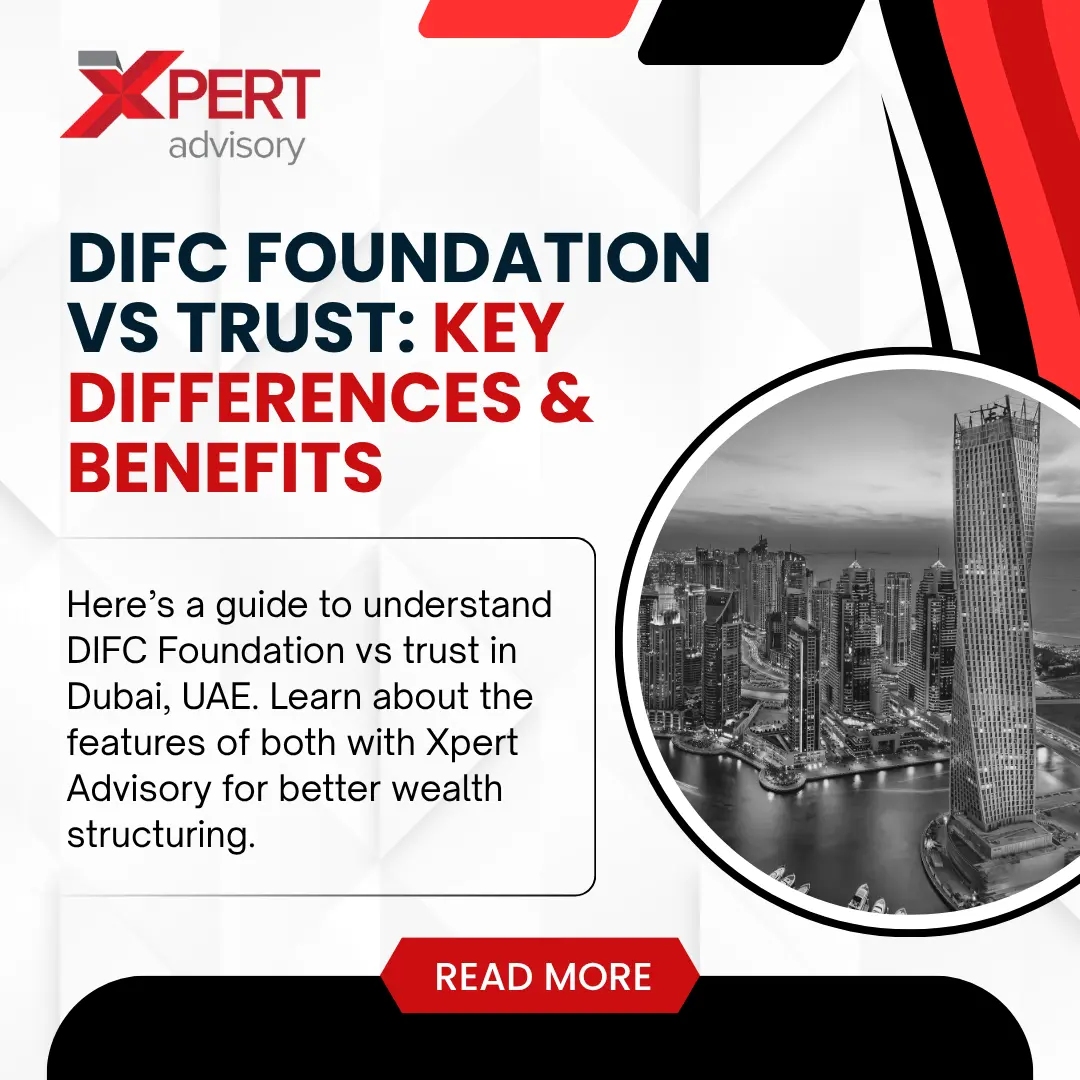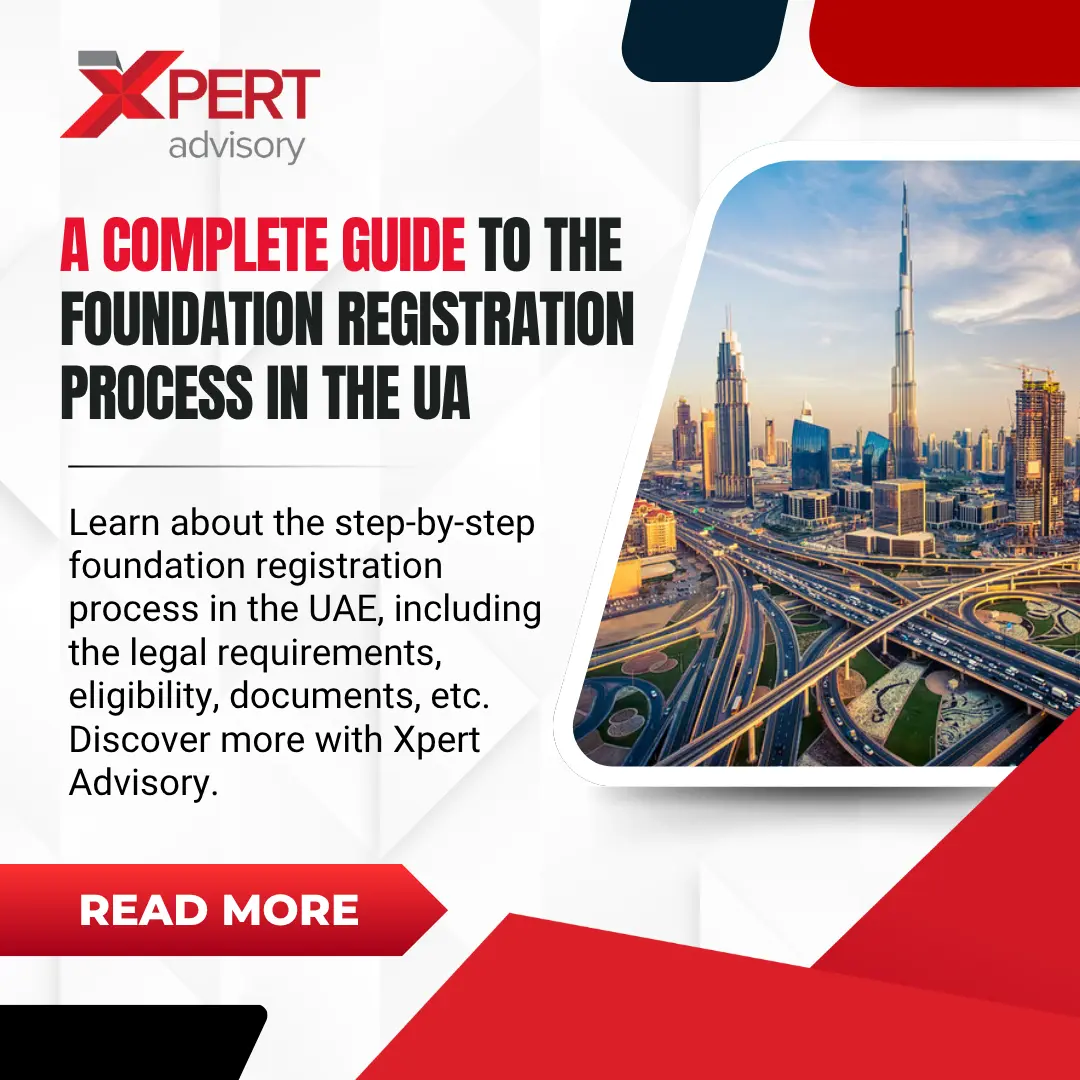Customer due diligence provides essential requirements to fulfil both Know Your Customer and anti-money laundering commitments. However, standard CDD procedures fail to meet requirements in certain situations and times. That’s why your business requires a properly structured enhanced due diligence protocol to handle such circumstances. So, in this guide, we’ll analyse customer due diligence vs enhanced due diligence by examining their operational methods and identifying their appropriate usage.
What is Meant by Customer Due Diligence?
The KYC procedures of simplified due diligence serve to evaluate the risk levels of customers through a standardised process. Standard methods of CDD require financial institutions to gather essential personal information from clients, which includes their full name and date of birth alongside physical residence address and other requested data.
Moreover, the standard CDD process consists of multiple steps that include verifying customer information and creating risk profiles for understanding business purposes.
Therefore, organisations need to verify all persons who have customer or client relationships. Continuous monitoring should also be conducted since it helps discover and report unusual events.
Each business must adhere to a distinct set of regulations regarding CDD according to the specific jurisdiction within which they operate. Companies must follow jurisdiction-specific requirements because these differences lead to variations in the Customer Due Diligence procedure.
Here are a few examples:
- The Financial Crimes Enforcement Network (FinCEN), located in the United States, delivers detailed CDD requirements under the Bank Secrecy Act (BSA) guidelines.
- EU member states must follow the specific CDD requirements of 5AMLD, which the European Union implemented as their Fifth Anti-Money Laundering Directive.
What is Meant by Enhanced Due Diligence?

EDD involves a series of specific additional investigative procedures intended to assess higher-risk customers or transactions.
Businesses use enhanced due diligence (EDD) to conduct detailed procedures before assessing individuals who potentially carry out financial crimes or money laundering activities.
EDD goes beyond the standard identification and risk assessment diligence. It includes the following measures:
- A risk assessment method to identify and verify potential customers or users who need extra investigation.
- The user needs to provide more documentation for thorough KYC and AML verification, which confirms their identity and monitors their account activities.
- The business must determine appropriate security measures to protect company assets against unapproved transactions and stop all kinds of fraudulent operations.
Identity verification measures requiring multiple steps should be put into practice when dealing with situations that carry elevated risk levels. The procedure requires obtaining supplementary documentation for identity verification and implementing different steps that depend on various circumstances.
What is the Difference Between CDD vs EDD?
Understanding the difference between CDD and EDD is crucial to ensure compliance. Both steps are applied to all customers and help to assess their risk level. The following table shows the difference between customer due diligence and enhanced due diligence:
| Factor | Customer Due Diligence (CDD) | Enhanced Due Diligence (EDD) |
| Definition | Standard identity verification for customers. | In-depth risk assessment for high-risk customers. |
| Risk Level | Low to medium-risk customers. | High-risk customers (e.g., politically exposed persons, large transactions, high-risk industries). |
| Verification Requirements | Basic ID verification (e.g., government-issued ID, proof of address). | Additional checks include a source of funds, business activities, and financial background. |
| Monitoring | Periodic monitoring. | Ongoing, continuous monitoring with in-depth transaction scrutiny. |
| Purpose | To comply with basic regulatory requirements. | To prevent fraud, money laundering, and financial crimes. |
What are the Essential Reasons for Conducting EDD and CDD?
The essential nature of understanding CDD and EDD differences in AML compliance exists because of multiple reasons.
i. Prevent Financial Crimes
A financial institution requires Customer Due Diligence (CDD) and its enhanced version (Enhanced Due Diligence, EDD) to uncover money laundering risks effectively. Financial institutions protect their system from illegal funds by implementing complete customer investigation processes.
The need for EDD arises in customer verification standards because it produces valuable results when addressing customers from areas linked to terrorism funding activities. Smaller amounts of illicit funds can be prevented from being misused through an EDD process that allows for early detection of suspicious activities.
ii. Regulatory Compliance
Many financial institutions need to comply with different regulations at the country, state, and international levels. Any organisation that fails to perform CDD or EDD operations will face severe consequences, which may include heavy financial penalties and legal prosecution. The combination of CDD and EDD systems provides institutions with a solution to fulfil their mandatory legal responsibilities.
The Financial Action Task Force (FATF), together with other organisations, establishes detailed due diligence requirements. Institutions become less vulnerable to non-compliance through the implementation of CDD and EDD, which maintain compliance guidelines.
iii. Financial Stability

The financial world becomes unstable when financial criminal activities occur. Institutional use of strict due diligence procedures helps shield their operations and financial structures as well as the overall sector from fraud along with other unlawful conduct.
Financial institutions become capable of managing their risks better by performing adequate risk assessments through CDD and EDD processes. The establishment of proactive measures supports financial markets in achieving sustained operational stability.
iv. Trust and Integrity
Financial institutions must establish strong security because their customers need unwavering trust in their financial stability. Due diligence processes lead to credible institutions by ensuring they stay clear of criminal operations, which protects customer retention.
A financial institution inherits its most important market value from its business relationships. Through CDD and EDD compliance, institutions preserve their integrity and build a strong reputation by showing dedication to ethical conduct and business requirements.
v. Additional Benefits
Through persistent observation combined with detailed background research, institutions can quickly recognise irregular conduct, therefore making prompt reports possible. The dual usage of CDD and EDD practices ensures full compliance and fighting off potential financial criminal activities.
CDD and EDD compliance measures enable financial institutions to establish smooth international business relations and transaction flows because of modern globalisation. The institution demonstrates its worldwide standard compliance to partners from other countries while also gaining regulatory support.
When to Use Customer Due Diligence vs Enhanced Due Diligence?
The choice between applying EDD or CDD requires an analysis of the customer risk factors. All customers need CDD procedures regardless of how risky they appear to be, while EDD is reserved for customers who present high-risk factors.
Also, standard CDD is applied when a customer holds a basic financial profile similar to that of a student with simple financial needs.
On the other hand, organisations implement the EDD process to gather detailed information about customers who fit into the categories of politically exposed persons or those with large amounts of money and complicated financial arrangements.
Final Words
Financial compliance depends heavily on understanding the difference between customer due diligence vs enhanced due diligence to prevent risks and maintain robust AML compliance. CDD sets basic criteria to verify customer identities, whereas EDD requires advanced evaluation methods for high-risk people and deals. Businesses that combine these processes obtain protection from financial crimes that include money laundering, fraud and instability.
Do your business operations fulfil all EDD and CDD regulatory obligations while keeping risk exposure to a minimum? Xpert Advisory offers professional AML consultancy services to assist businesses in developing secure CDD and EDD programs for better risk assessments. Get in touch with us to maintain compliance with evolving regulations and achieve both security and business resilience.
FAQs
Can CDD and EDD Apply to Every Business Organisation?
Every financial institution, along with regulated businesses, needs to perform CDD, while EDD becomes necessary for customers who represent elevated money laundering or fraud risks.
What Measures Do Businesses Need to Optimise their Due Diligence Processes?
The performance of due diligence by businesses becomes stronger through the employment of AML screening automation routine audits and current risk profiles for customers.
What Happens to a Company When it Doesn’t Properly Execute CDD or EDD Processes?
Non-compliance with due diligence requirements leads companies to face legal penalties and regulatory fines, endangers their reputation, and makes them vulnerable to financial crimes.






